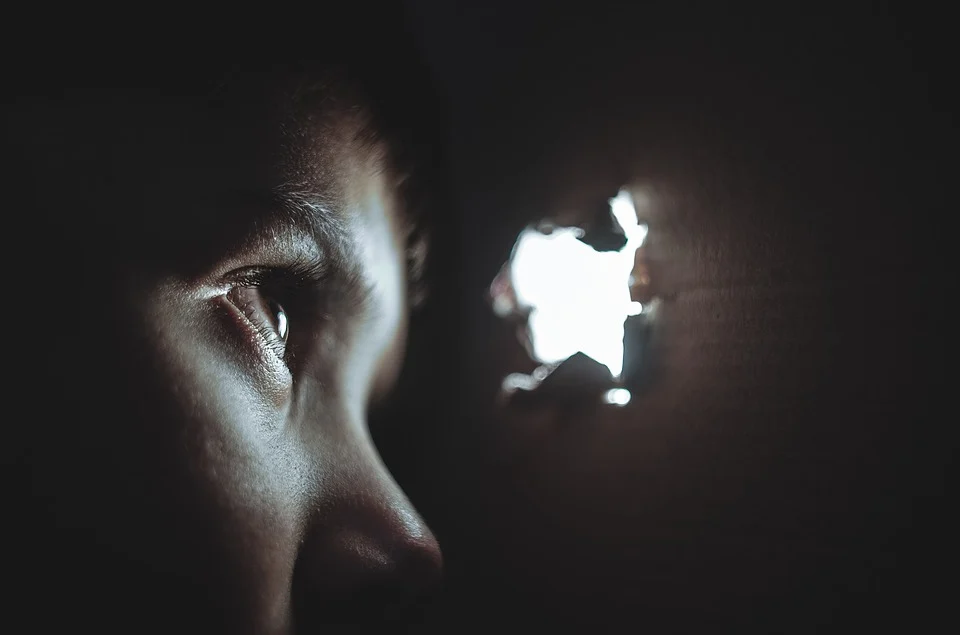MISSING children - FOUND trafficked.
- Brittany Noz - Blog Writer

- Jun 30, 2020
- 3 min read
Children missing from the welfare system are often found in the sex trafficking industry. Half of all human trafficking victims are minors, of which, 70 - 80 percent are children in the foster care system. In 2011 the Connecticut state government released a report detailing that 86 percent of victims rescued from domestic minor sex trafficking during that year had participated, in some form, with welfare services. Since the release of that data nearly a decade ago, the sex trafficking industry has only grown, and along with it, so has our understanding of what makes one most vulnerable to being trafficked as well as what steps can be taken to counteract that possibility.

The average age for a child to enter into forced sexual labor is between 12-14 years old. The ability to easily manipulate a preteen is part of what makes them such a desirable target for perpetrators. If a preteen is also without a strong family unit or adequate adult supervision, the possibility to be tricked and trafficked becomes even greater. A survey was conducted by the University of Pennsylvania in which young adults who were once a part of the foster care system were questioned about their experiences and one of the common themes among the participants was acknowledging the lack of belonging. One of the interviewees recalled, “[My foster mother] treated her other kids like she loved them and treated me like I was nothing”. In these types of circumstances, a pimp will often exploit the victim’s vulnerabilities by acting as an attentive, protective, and generous boyfriend until he has gained the trust, control, and dependency of the victim. This same tactic is what makes runaway children the most vulnerable, as they may wilfully resort to sexual favors for money, only to then be claimed as property of a pimp with threats of violent consequences for not performing.
While many young girls are tricked into forced sex labor by a trafficker posing as a boyfriend, that is not always the case. Other young girls are sometimes sent into group homes to recruit more victims, in this way the once recruited becomes the recruiter which is usually done as a means of survival. There is a constant demand for more victims, largely because of the horrific treatment that sex slaves endure. The National Report on Domestic Minor Sex Trafficking states that children forced and exploited into prostitution are usually required to perform for 10 to 15 buyers a night. Even by a cautious estimation, a victim would have to be raped 3,000 times in a year just to meet their quota. On top of that, these victims are dehumanized and treated like property, they often endure physical violence and abuse, and are highly susceptible to contracting HIV and other STDs. Due to these conditions, the average life expectancy of a sex slave is 7 years from the time of their first sexual act.

Traditionally, trafficked survivors who escaped were treated as criminals by the law, this only aided in assisting the pimps who largely used fear tactics to control their victims. However, as more data is produced regarding sex trafficking and the victimization of youths within the welfare system, laws are being reviewed and revised to combat this evil industry. The Preventing Sex Trafficking and Strengthening Families Act requires that all states include policies and procedures to identify, document, and determine suitable services for sex trafficking victims. It also requires state social service agencies to report any child who goes missing while under their care, to law enforcement as well as to the National Center for Missing and Exploited Children. Failure to do so can result in the state losing their eligibility for federal funding. Not only do these changes help to increase the chances of locating and returning missing children to safety, but they also set the survivor up to be cared for as a victim of a crime rather than a criminal.
There are a few ways you can help support survivors and fight trafficking. You can vote for congressmen and policymakers to pass legislation aimed at protecting children from human trafficking. You can
coordinate with local community organizations to raise awareness of the threat that trafficking poses for foster children in the U.S. and in your city. You can also help by supporting your friends who are foster parents or serving in foster care. Lastly, you can prayerfully consider opening your own home and heart to children in the system.




Comments